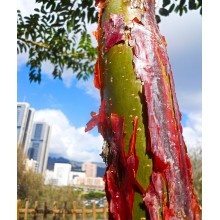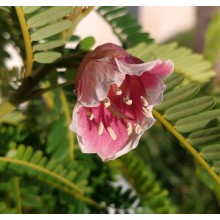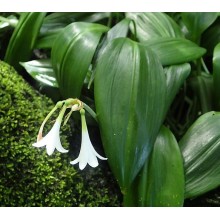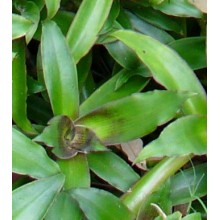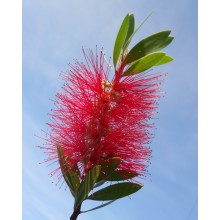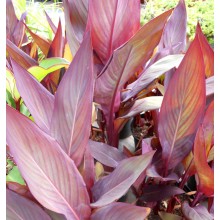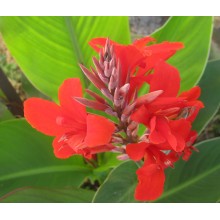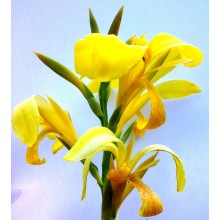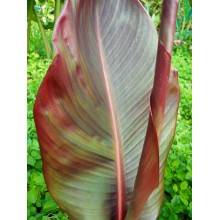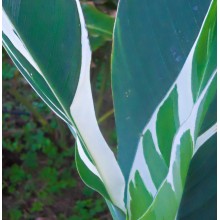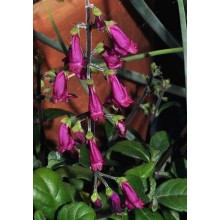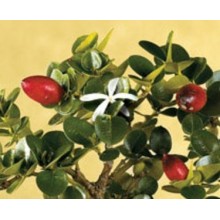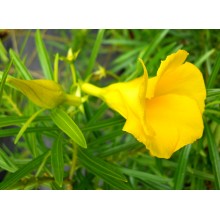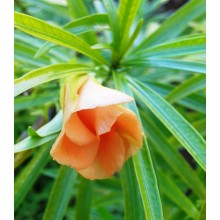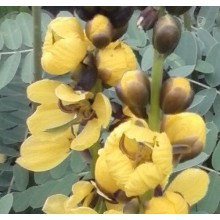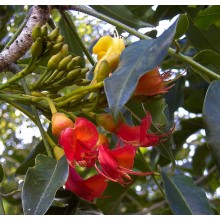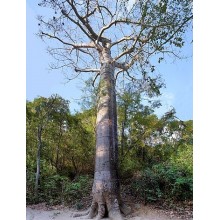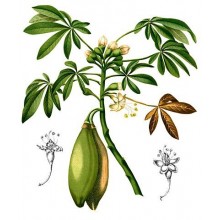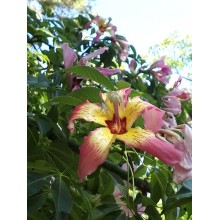Other exotics There are 605 products.

Here you will find some exotic flower and foliage species that have not been yet placed in their own category. Some are small herbaceous plants, while some are large trees. You will find acalyphas, cordylines, hoyas, pandanus, plumerias and others, including uncommon plants. Day by day we will add more and more interesting items.
-
Cadia purpurea
Cadia purpurea
Cadia is an ornamental shrub from Eastern Africa and Arabia, at 500-2100 m asl. It has graceful arching branches with pinnate leaves and bell-shaped pink to purple flowers.
48,30 € -
Caliphruria subedentata
Caliphruria subedentata
Evergreen bulb with ornamental foliage and flowers. With its white blooms, it looks like a miniature Eucharis, and actually the genus Caliphruria is related to Eucharis
13,80 € -
Callisia fragrans
Callisia fragrans
Pack of 2 rosettes of 10-20 cm - Ornamental creeping plant with funnel-shaped rosettes producing tall spikes of cream-white flowers. It is a semi-succulent, said to have medicinal properties. It can be grown in baskets, simple pots or as a ground cover.
10,60 € -
Callistemon citrinus
Callistemon citrinus
Callistemon citrinus, commonly called scarlet bottlebrush, lemon bottlebrush or red bottlebrush, is a large evergreen tropical shrub native to Australia.
54,00 € -
Canna indica 'Intrigue'
Canna indica 'Intrigue'
Purple leaved canna, commonly cultivated in Northern Tenerife. Thick purple leaves are held erect and have some bluish tones.
18,70 € -
Canna sp. Red
Canna sp. Red
Mid-sized canna with very simple red flowers with orange-marbled throats. It is robust and ever-blooming. This is possibly a wild form or an old cultivated strain brought from Venezuela many years ago.
19,40 € -
Canna sp. Yellow
Canna sp. Yellow
Mid-sized canna with very simple yellow flowers with orange-marbled throats. It is robust and ever-blooming. This is possibly a wild form or an old cultivated strain brought from Venezuela many years ago.
18,40 € -
Canna x 'Musifolia rubra'
Canna x 'Musifolia rubra'
Fabulous tropical foliage from a cold-hardy Canna! Up to 2 meters in height, with large bold erect leaves, with wavy margins. Leaf colour is absolutely vibrant, glossy red, burgundy, and dark green. It is reminiscent of the famed tropical Heliconia indica with red foliage.
22,75 € 32,50 €Reduced price! -
Canna x 'Stuttgart'
Canna x 'Stuttgart'
This variegated Canna selected in Germany produces leaves variably variegated with stripes of different shades of white. Also the flowers are often variegated! It loves moisture and can reach anything between 1 and 3 m in height, depending on the length of your growing season.
30,80 € -
Capitanopsis brevilabra
Capitanopsis brevilabra
The highly ornamental species is native to a small area in southeastern coastal Madagascar by Saint Lucie, in the humid coastal forest and there is threatened with habitat loss from deforestation and mining. Leaves are succulent, dark green and glossy and flowers are deep purple and showy, with a metallic shine.
19,00 € -
Capparis spinosa 'Salina Spineless' - Caper
Capparis spinosa 'Salina Spineless' - Caper
Mediterranean capers are an incredible source of flavour. Plants grows on sunny and rocky slopes, often by the coast. They are winter-deciduous and come back each year with lovely rounded leaves, which are often purple when they sprout.
34,30 € -
Carissa macrocarpa
Carissa macrocarpa
Spiny evergreen shrub with fragrant jazmine-like flowers and red, fleshy fruits. They are edible and sweet despite bleeding a white sap when cut.
28,40 € -
Cascabela thevetia
Cascabela thevetia
American shrub often called "yellow oleander" because of its closeness to Nerium oleander. It is easy to grow in Warm Mediterranean to Tropical conditions. It responds very well to pruning so it can be easily wintered indoors. It was formerly named Thevetia peruviana
26,30 € -
Cascabela thevetia 'Orange'
Cascabela thevetia 'Orange'
Orange flowered selection of the popular flowering shrub. Thevetia can grow and flower in a 16 cm small pot. It is often pruned in autumn and wintered indoors in frosty climates. Our plants will easily bloom in less than one year.
28,70 € -
Cassia didymobotrya
Cassia didymobotrya
Subtropical shrub with a graceful pinnate foliage very long flowering season. The bright yellow inflorescences have a pleasant nutty scent if rubbed with the fingers.
23,60 € -
Castanospermum australe - Australian Chestnut
Castanospermum australe - Australian Chestnut
Ornamental and useful tree from Australia, New Caledonia and Vanuatu. It typically bears yellow and red flowers at the same time. Chestnuts are edible and good too, but they have to be leached and cooked before eating.
38,00 € -
Cavanillesia platanifolia
Cavanillesia platanifolia
In short words, this is the American Baobab. This American bottle tree is related to true baobabs of the genus Adansonia, which are only found in Africa, Madagascar and Australia: Cavanillesia also looks similar in habit because of its gigantic swollen trunk
78,60 € -
Ceiba speciosa
Ceiba speciosa
Impressive flowering "bottle tree" from South America. It is called "Silk Floss Tree" and its former name was Chorisia speciosa.
43,20 €
At the moment there are few products in this category Other exotics
















